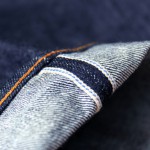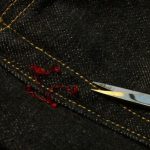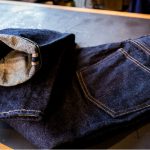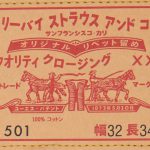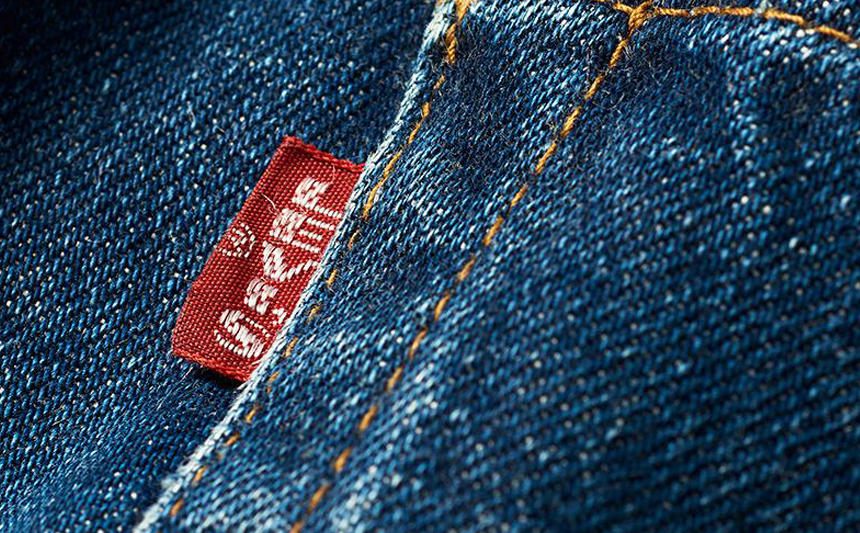
The Japanese denim industry started due to the desire of vintage freaks wanting to reproduce vintage jeans, especially LEVI’S 501. From its birth in 1873 to today, there have been minor changes to the legendary jeans along with the market’s needs and technological innovations. Many master-pieces of 501 were released from time to time. We introduce 4 of the most important models of 501 in details for you to understand what the Japanese denim brands are inspired by.
Name: WWII
Lot No: S501XX
Year: 1942 – 1946
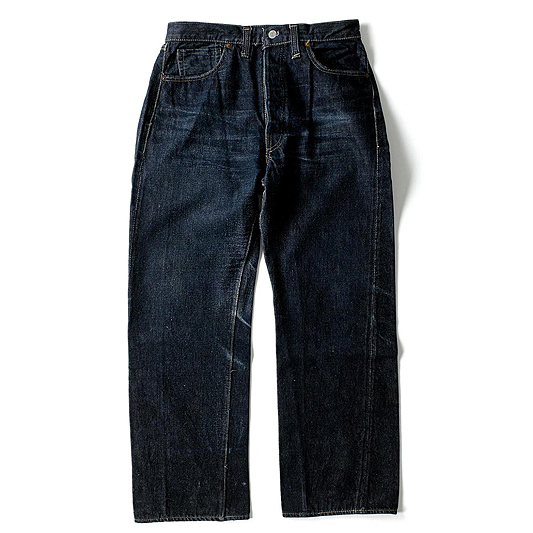 Image via leon.jp
Image via leon.jp
The 501 produced in 1942 to 46 is often called “WWll” model. Due to World War II and the need to satisfy conditions set by the U.S. War Bureau, changes were made to 501. A number of different button types appeared on the model including the logs type, laurel donut type, and flat donut type. The fly buttons became plain. The rivets were downgraded from copper to steel. The pocket bag was sometimes replaced with left-over fabrics like denim, herringbone, and twill instead of the white cotton drill. The company reluctantly complied with the control giving the jeans a new lot number “S501 XX” with the “S” standing for “Simplified”. These changes continued until 1946.
 Image via leon.jp
Image via leon.jp
From 1873 to the present, 501’s watch pocket is reinforced with rivets, however the ones of the “S501 XX” were removed due to the control.
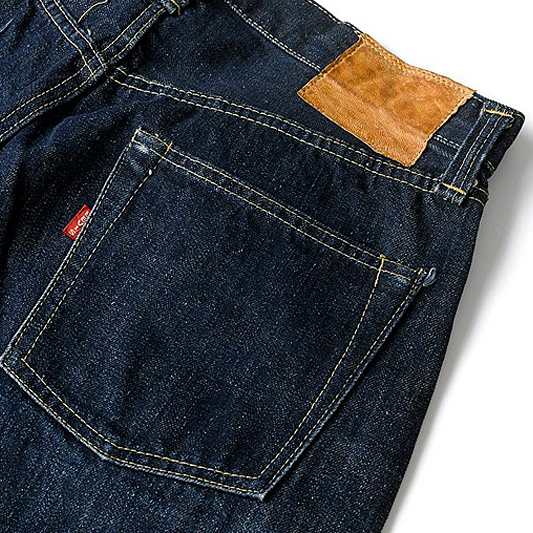 Image via leon.jp
Image via leon.jp
The iconic Arcuate stitching stitch was also subjected to the conditions and was removed from the back pocket. The design was printed onto the pockets instead. However, the paint got washed away ed after washing. Therefore, apart from the unworn deadstocks, most of the vintage pieces are with plain pockets as in the photo.
 Image via leon.jp
Image via leon.jp
The red tab was first adopted in 1936. “LEVI’S” is woven into both sides for the ones of the current product. However, at the initial stage, the brand name woven only on the front side and the back was plain. This tab was used until the middle of the 1950’s.
The best choice for WWII model from Japanese denim brands is STUDIO D’ARTISAN “DO-1”.
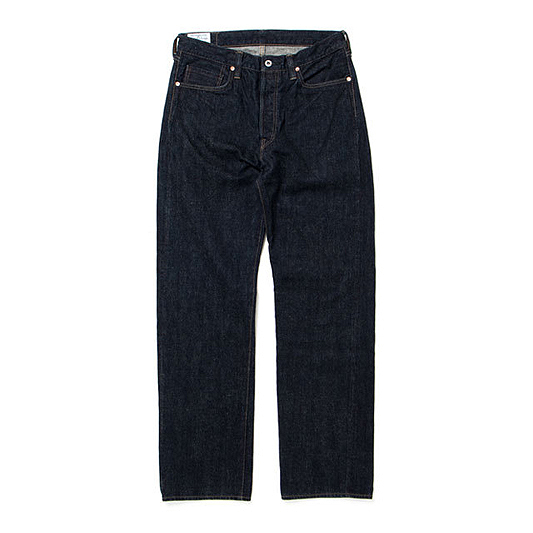 Image via dartisan.co.jp
Image via dartisan.co.jp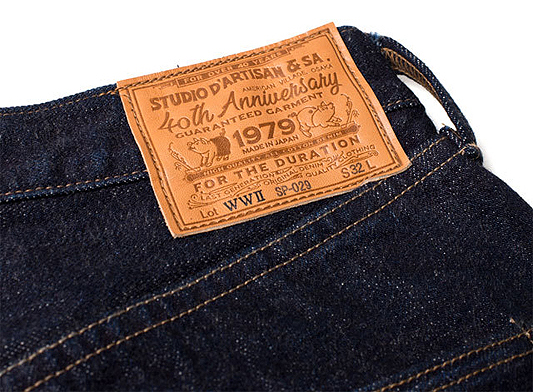 Image via dartisan.co.jp
Image via dartisan.co.jp
 Image via dartisan.co.jp
Image via dartisan.co.jp
You can buy STUDIO D’ARTISAN “DO-1” at Rakuten.
Name: XX
Lot No: 501XX
Year: 1947 – 1966
 Image via leon.jp
Image via leon.jp
The lot number of “501XX” was introduced in 1890 and was used until around 1966. However, what’s called “XX model” in the vintage world refers to those manufactured in 1947 -1966. Unnecessary parts were eliminated during the wartime control and the jeans became almost the same as the current 5-pocket jeans. Thanks to the introduction of the double-needle sewing machine, the diamond-shaped stitch started appearing on the Arcuate where the two stitches intersect each other. The model is known as the last one that used hidden rivets and leather patches.
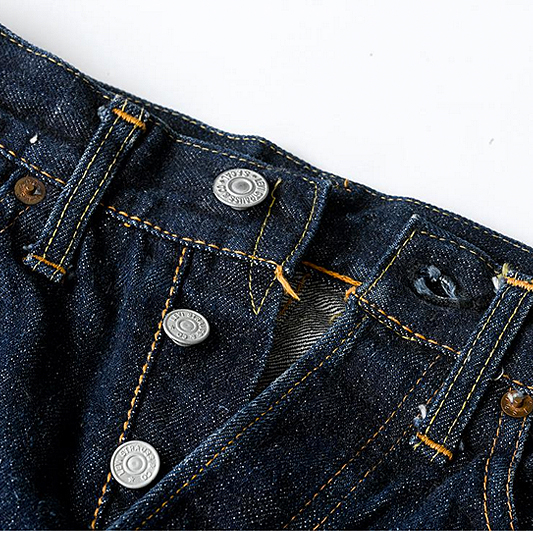 Image via leon.jp
Image via leon.jp
The V-shaped stitch on the side of the tack button was placed until the 1960’s when the sewing machines had no reverse stitching function. The stitching can be seen on all “501XX” regardless of the year of manufacture.
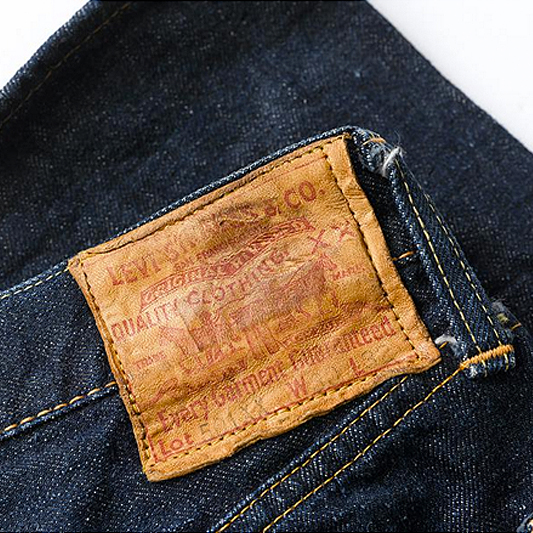 Image via leon.jp
Image via leon.jp
The patch attached to the right waist of the jeans is made of leather from 1886 to 1957 and it was changed to paper after that. Since the “XX model” is a transitional model, both of the patches exists in it.
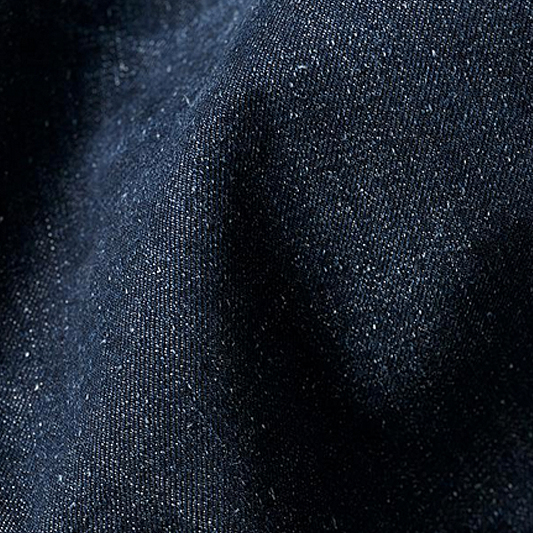 Image via leon.jp
Image via leon.jp
XX of “501XX” indicates the characteristics of the fabric. In the 1870s, when jeans were invented, the heaviest denim existed was used and XX that means “Double Extra Heavy” was placed at the end of the lot number. Since then, heavy ounce denim began to be too popular and the meaning of XX was changed to the abbreviation of “Extra Exceed” to indicate the highest quality fabric dyed with only indigo. Since 1915 Corn Mills in North Carolina was contracted to exclusively produce XX denim fabric with LEVI’S.
The best choice for XX model from Japanese denim brands is MOMOTARO JEANS “0905SP”.
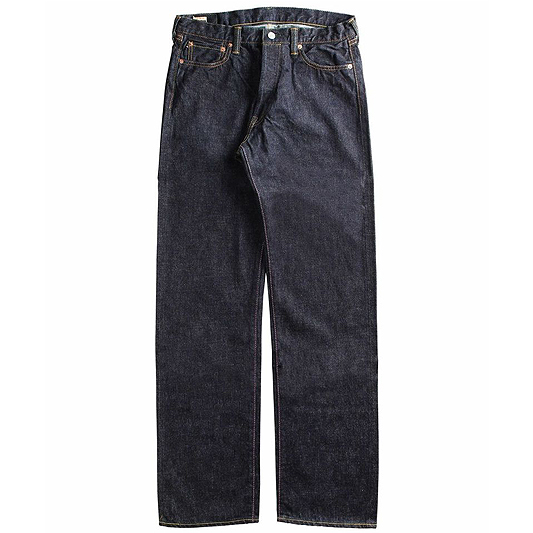 Image via momotarojeans.net
Image via momotarojeans.net
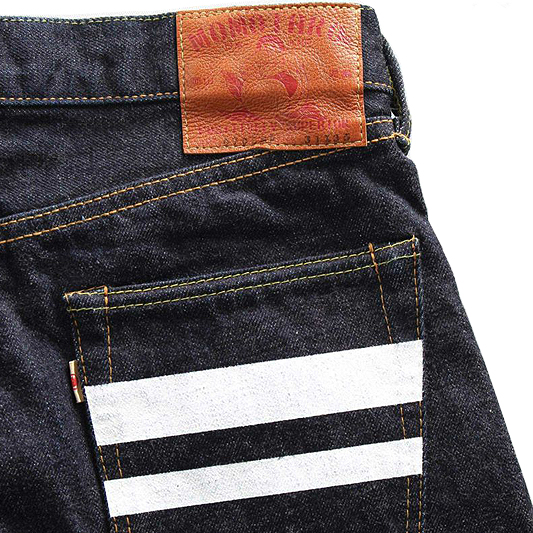 Image via momotarojeans.net
Image via momotarojeans.net
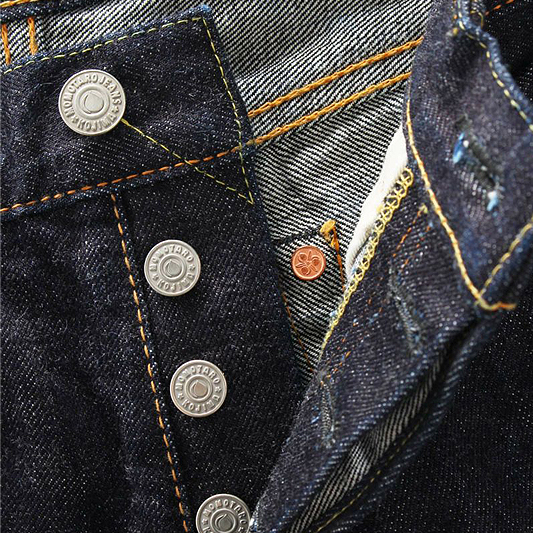 Image via momotarojeans.net
Image via momotarojeans.net
You can buy MOMOTARO JEANS “0905SP” at Rakuten.
Name: BIG E
Lot No: 501
Year: 1960’s – 1973
 Image via leon.jp
Image via leon.jp
501XX is one of the tops in vintage jeans and the benchmark. The next model to it is the “Big E”. “Big E model” refers to the 501s produced from the late 1960s to 1973. The name “Big E” comes from its red tab with “LEVI’S” and after this model, the red tab is always with “LeVI’S”. The lot number was changed from “501XX” to “501”. Other major changes to this model included the color of the Arcuate was changed from yellow to golden brown and the hidden rivets on the back pocket were replaced with bar tack. Two parallel stitches began to be used in place of the V-shaped stitches on the side of the tack button.
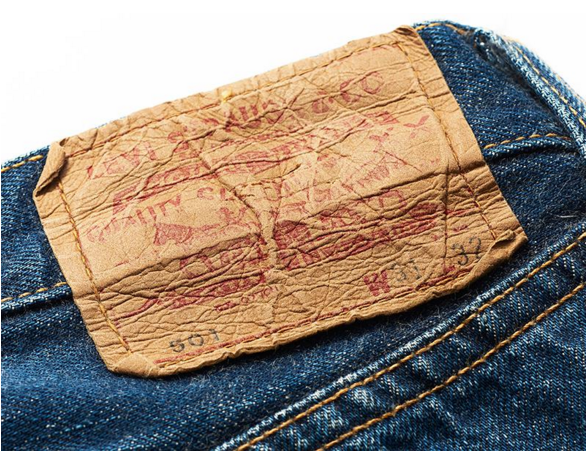 Image via leon.jp
Image via leon.jp
Since 1957, the leather patch was changed to paper patch. Among the various models of the 501, “Big E Model” is the only model that has the patch with only 501, not containing any other letters.
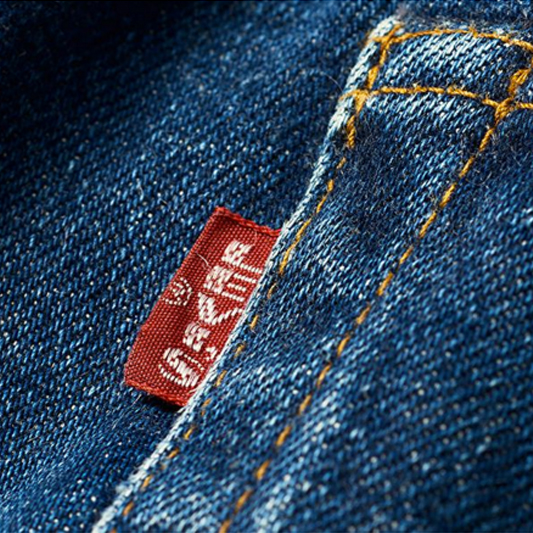 Image via leon.jp
Image via leon.jp
Before the middle of the 1960’s, the “V” on the red tab was symmetrical; the right side is thin.
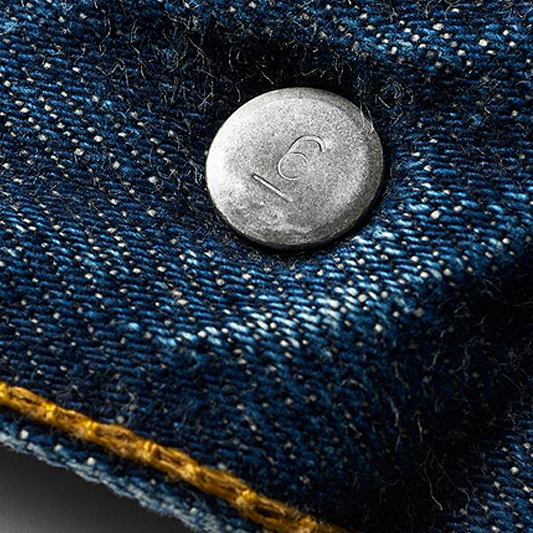 Image via leon.jp
Image via leon.jp
The number engraved on the back of the tack button is said to be the identification number of the factory. “BIG E” are usually 2, 4, 6, 8 and 16.
The best choice for BIG E model from Japanese denim brands is WAREHOUSE “2ND-HAND Lot.1101”.
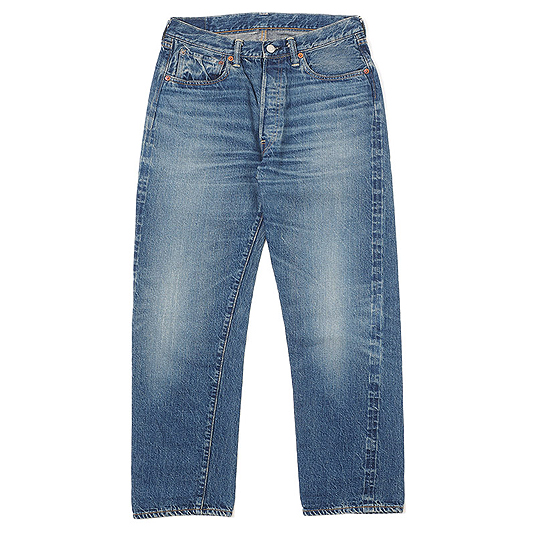 Image via ware-house.co.jp
Image via ware-house.co.jp
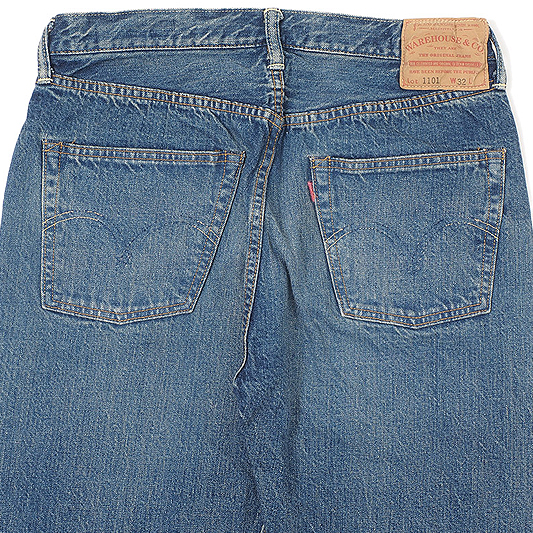 Image via ware-house.co.jp
Image via ware-house.co.jp
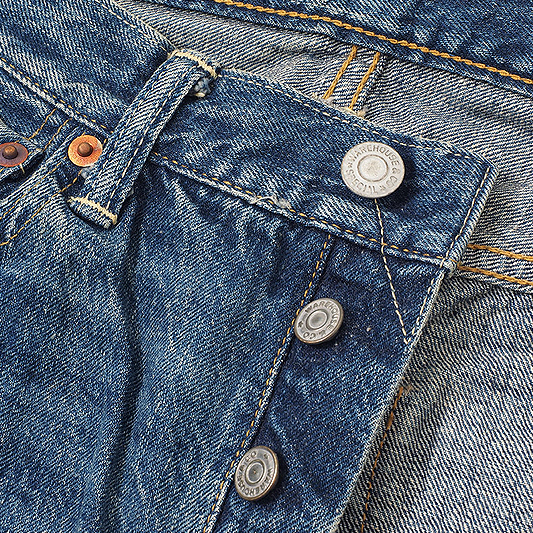 Image via ware-house.co.jp
Image via ware-house.co.jp
You can buy WAREHOUSE “2ND-HAND Lot.1101” at Rakuten.
Name: 66
Lot No: 501
Year: 1973 – 1980
 Image via leon.jp
Image via leon.jp
The 501s produced from 1973 to 1980 were commonly known as “66”. The name comes from the fact that “© 1966” was printed on its flasher. There are first half and second half model in “66”.
 Image via leon.jp
Image via leon.jp
The “CARE INSTRUCTIONS INSIDE GARMENT” stamped on the paper patch is one of its 66’s features. From the middle of 1980’s, this became printed.
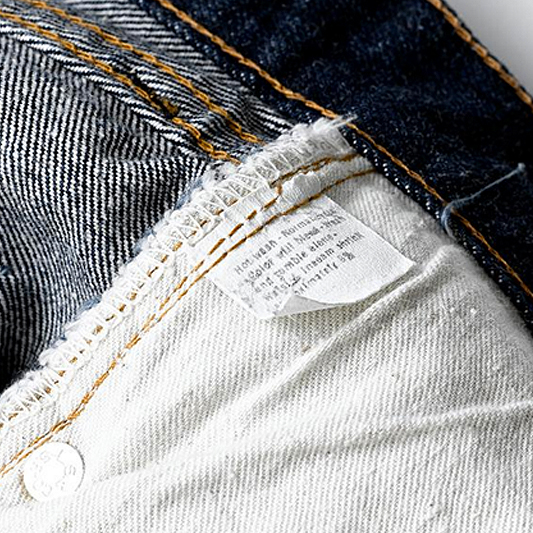 Image via leon.jp
Image via leon.jp
As the paper patch says, an instruction tag was placed inside of the jeans.
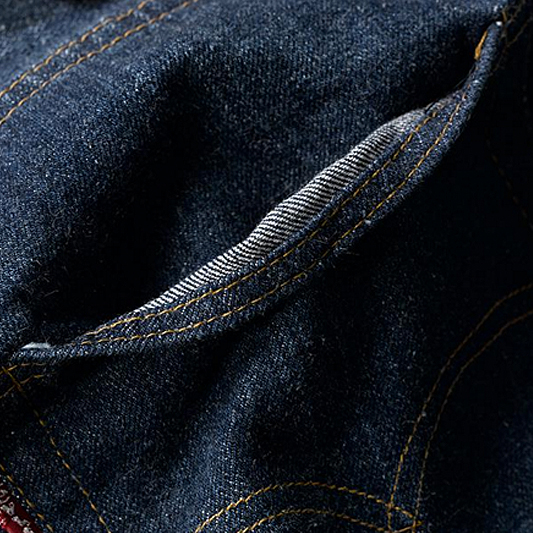 Image via leon.jp
Image via leon.jp
The first half 66’s stick on the back pocket was single stitch until 1978. After this it was changed to chain stitch for the second half 66. 6 was usually engraved on the back of the tack button.
The best choice for 66 model from Japanese denim brands is BONCOURA “66”.
 Image via item.rakuten.co.jp
Image via item.rakuten.co.jp
 Image via item.rakuten.co.jp
Image via item.rakuten.co.jp
 Image via item.rakuten.co.jp
Image via item.rakuten.co.jp
You can buy at BONCOURA “66”Rakuten.

